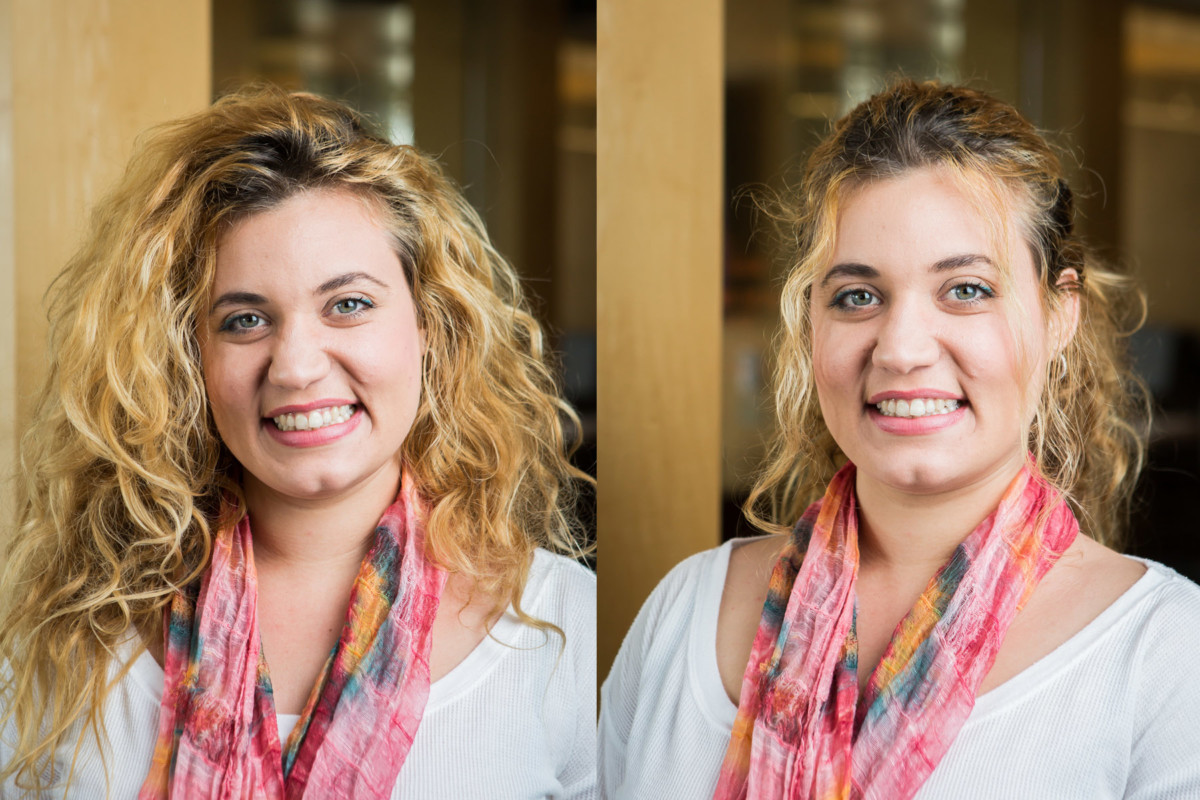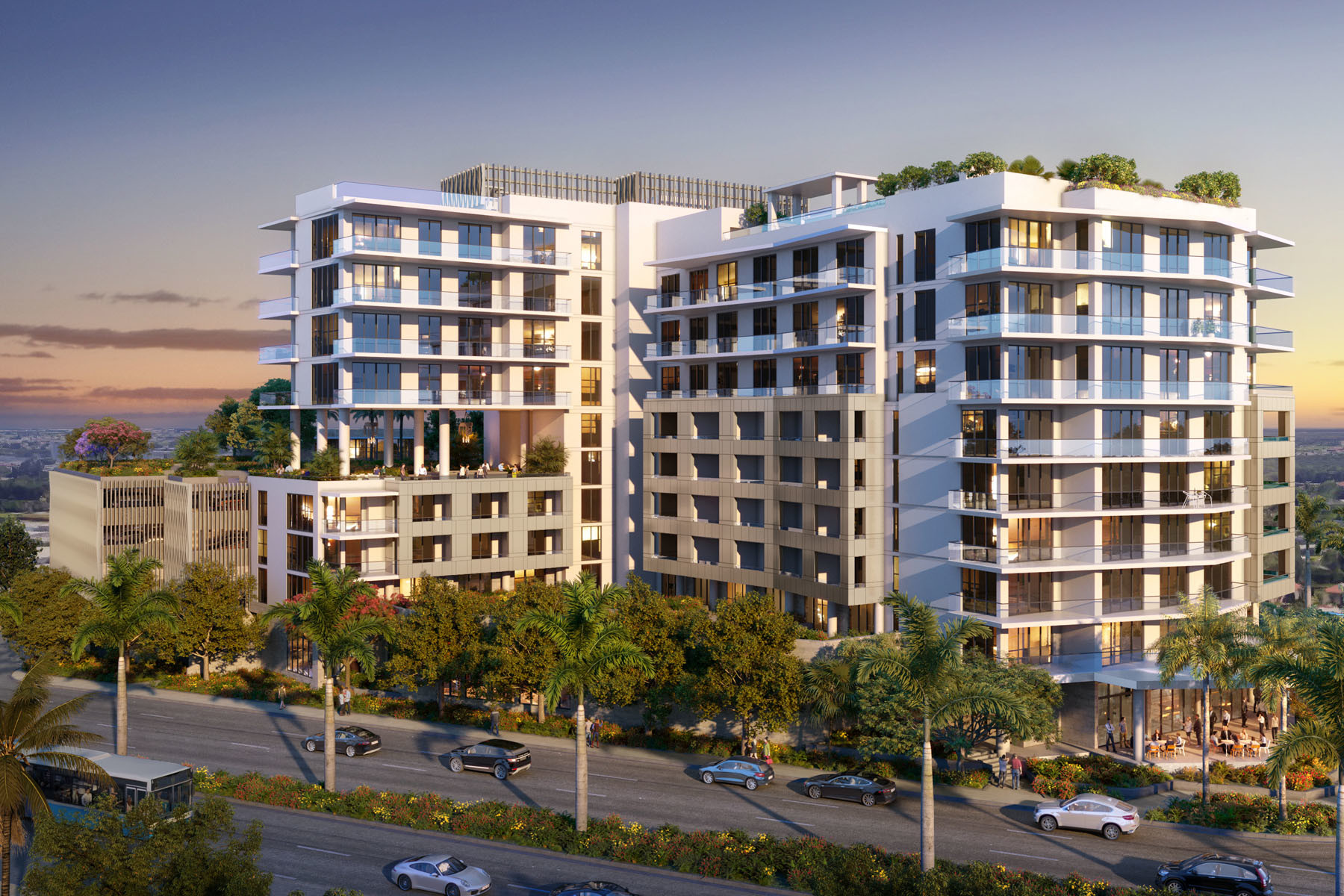International Women’s Day 2021 | Nanette Martinez
What attracted you to work in architecture?
“Architecture is the reaching out for the truth.” – Louis Kahn
I believe that architecture shapes the world and reveals its history. Growing up in Havana, Cuba, I was surrounded by extraordinary architecture and exuberant urban life, both of which had a great impact on me. I learned that the built environment has power. Buildings can be beautiful and inviting but also monumental and imposing, and thus can set the social, economic, and political tone of a city. With a vocation towards the fine arts, a passion for science and technology, and an overwhelming desire to change the world, I decided to study architecture.
Describe a typical working day for you…
Before the pandemic, I would start the day rushing down Ponce de Leon Boulevard and hopping on the Coral Gables trolley towards The Colonnade. Arriving at the 10th floor, the sun comes in from the East and washes over the lobby all the way to our office manager, Melody’s, desk. I love the office in the morning, I fill up my water bottle, get to my desk, and get started on my work for the day. I mostly work with Revit, designing, coordinating, modeling, and delivering the project at hand. I stay in constant communication with my team to manage project tasks and coming-and-going information. The end of the day often reaches me with deadlines or in the middle of work in progress, so more often than not I end up catching the sunset on the outdoor terrace.
After the pandemic, there is a lot less rushing, more multi-tasking, and longer hours.
What has been the highlight of your career so far?
The highlight of my career was teaching at the university. For five years, I’ve learned about project development, coordination, and delivery at SB Architects. This experience provided me with practical knowledge of the profession and supported my position as Adjunct Professor at Florida International University College of Architecture & The Arts. Teaching gave me the chance to stay acquainted with the avant-garde ideas of design, while connecting and promoting SB Architects with the local students and firms. In fact, I believe that a big part of SB Architects’ popularity growth in Miami in the last two years had a lot to do with the exposure of the SB Architects name and work to the architecture world through the university. Most importantly, being a professor allows me to search for answers to philosophical and theoretical questions that often are lost at the office because of the complexity of other aspects of the practice.
As an advocate for sustainable design, what are the technologies that will become more prominent to support over the next few years?
Sustainability is imperative in our architectural present and future. I believe that we, as architects, have a substantial responsibility to create designs that consider renewable energy management, sustainable infrastructure planning, social responsibility, and carbon emissions reduction planning. In the current global climate, trends are emerging towards green design, and more governments and organizations, such as the Biden Administration and the UN Secretary-General are planning investment programs to reach climate neutrality by 2050. In the hospitality market, sustainability is a growing interest in clients as green properties often have a higher value, and users who want healthier, greener alternatives for travel and recreation. The technologies associated with sustainable design will vary depending on the goal, from retrofitting inefficient air and water systems to energy auditing and modeling, benchmarking, microgrids, smart controls, efficient fixtures, plant selection, rainwater harvesting, among others. These strategies and technologies must be carefully considered and designed according to project needs and requirements, and it is the architect’s job to research and understand how they can be applied to improve our built environment.
What can we learn from nature when it comes to sustainable design?
Everything in nature is part of a cycle. Most modern processes of building design and construction are linear, which means that they use up resources and create waste. I think the biggest lesson we can learn from nature is to look at design as part of a cycle, architectural practice as an organism, recognizing where the resources come from and where they are going; only then we will get close to true sustainability.
What do you see as some of the challenges facing women in architecture?
Besides the all-time pay gap problem, women are often underestimated in the field. We must prove ourselves at every step, make two and three times the effort as our male colleagues to be taken with the same level of seriousness. I would like to think that these issues don’t exist, but they do, and they must be acknowledged and dealt with within the profession.
You play a big part in mentoring at SB Architects, what motivates you to get involved?
I came to SB Architects, following in the footsteps of my mentor, Kamala Ramos. Her dedication to my growth was such an inspiration that I have always wanted to pass it on. In addition, mentoring deepens my own understanding of things and motivates me to stay ahead of the curve.
Interview with: Nanette Martinez, Job Captain





